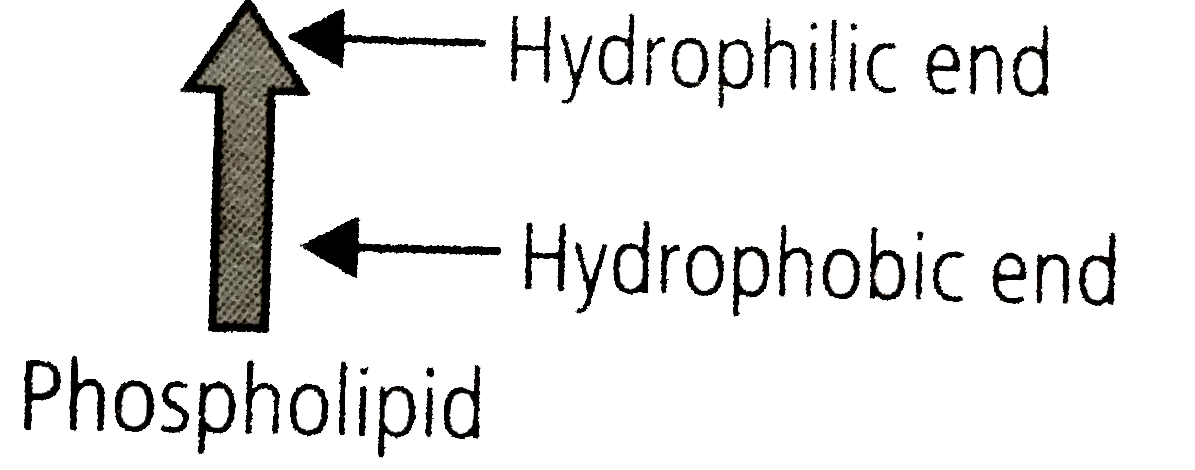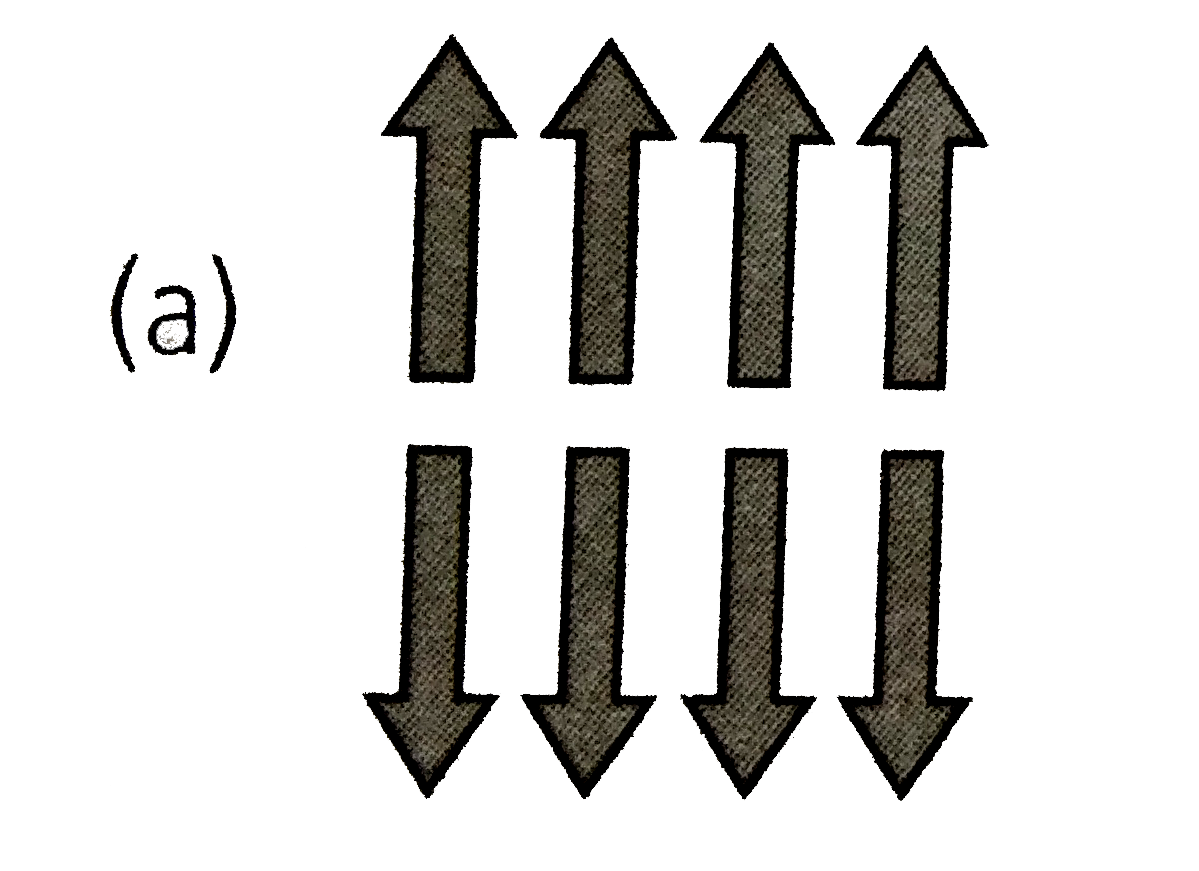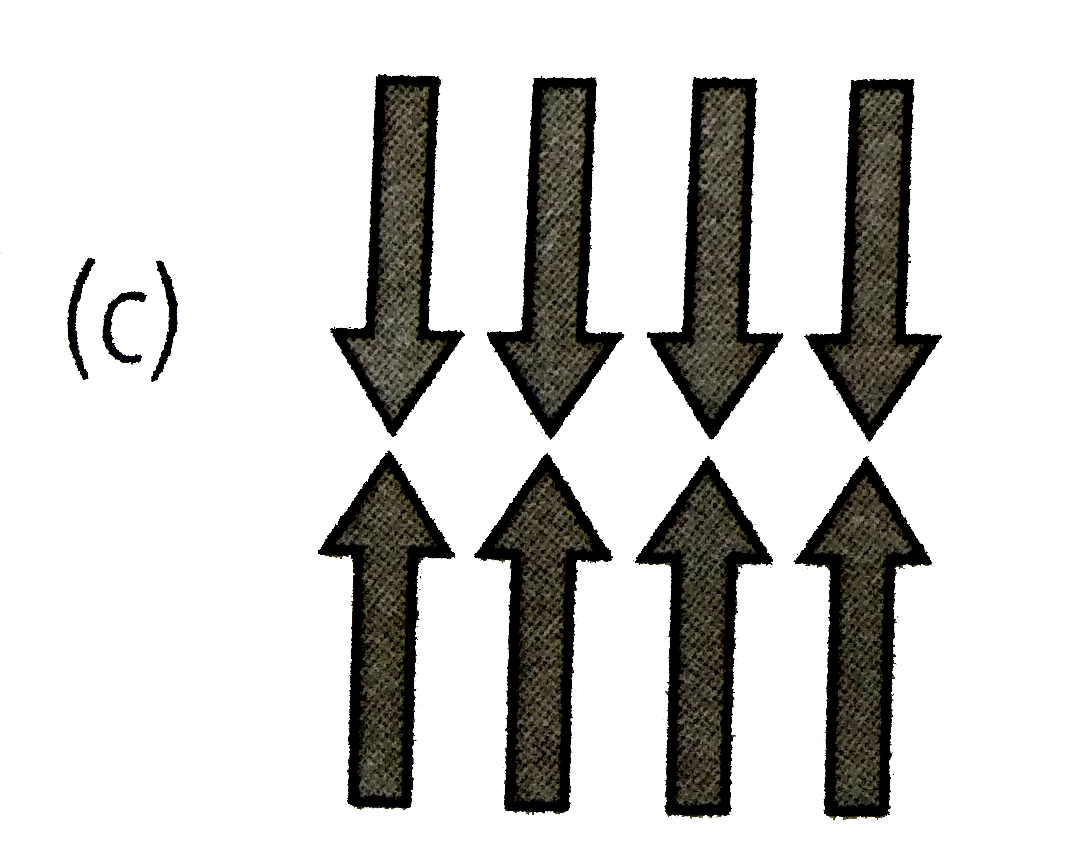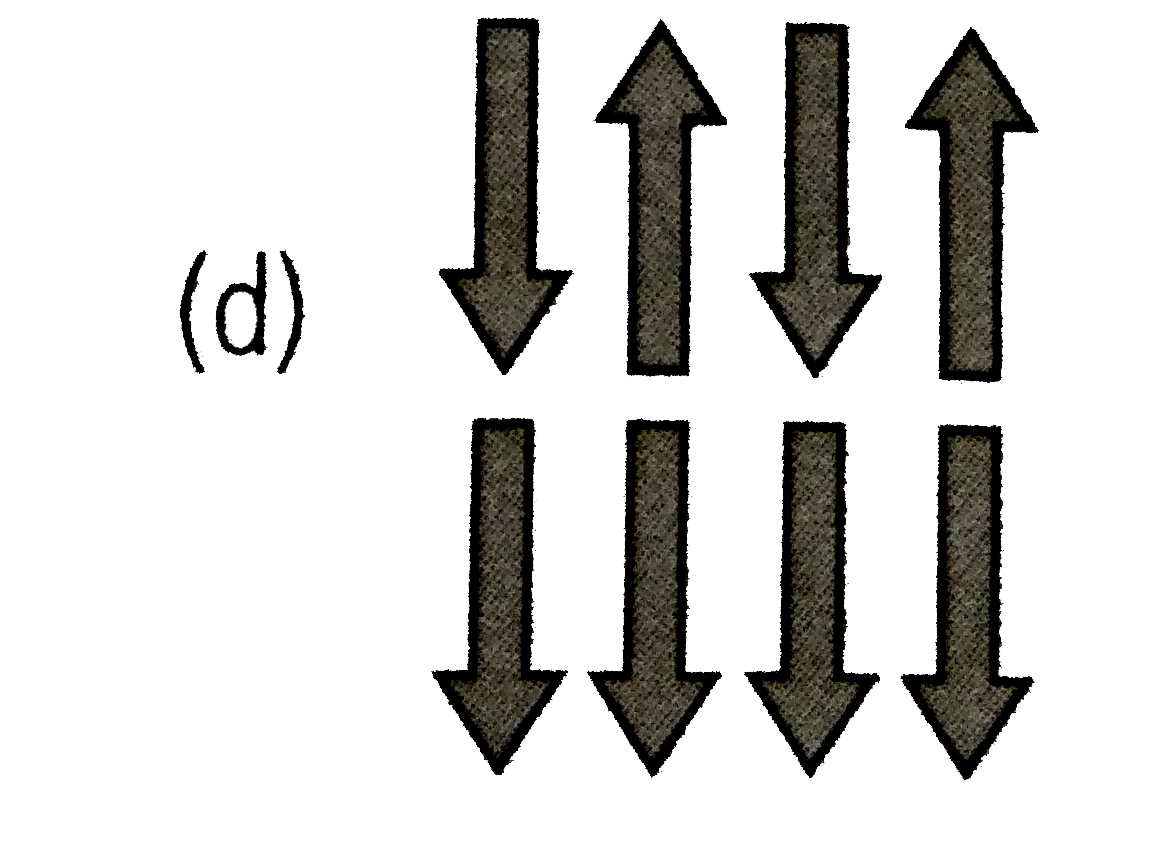In a phospholipid bilayer, the :
phosphate groups are hydrophobic
fatty acid tails are hydrophilic
proteins are located only between the two layers
phosphate heads are oriented towards the exterior of the cell or toward the cytoplasm
The correct Answer is:D
Step-by-Step Solution:
1. Understanding Phospholipid Bilayer:
- A phospholipid bilayer is a fundamental structure of cell membranes. It consists of two layers of phospholipids.
2. Structure of Phospholipids:
- Each phospholipid molecule is composed of a glycerol backbone, two fatty acid tails, and a phosphate group.
3. Hydrophilic and Hydrophobic Regions:
- The phosphate group is hydrophilic (water-attracting), while the fatty acid tails are hydrophobic (water-repelling). This dual nature makes phospholipids amphipathic.
4. Orientation in the Bilayer:
- In the bilayer, the hydrophilic heads (phosphate groups) face outward towards the aqueous environment (extracellular fluid) and inward towards the cytoplasm, while the hydrophobic tails face each other, away from water.
5. Conclusion:
- Therefore, in a phospholipid bilayer, the phosphate heads are oriented towards the exterior of the cell and towards the cytoplasm, while the fatty acid tails are oriented inward.
Final Answer:
The correct statement about a phospholipid bilayer is that the phosphate heads are oriented towards the exterior of the cell and towards the cytoplasm.
---
- A phospholipid bilayer is a fundamental structure of cell membranes. It consists of two layers of phospholipids.
- Each phospholipid molecule is composed of a glycerol backbone, two fatty acid tails, and a phosphate group.
- The phosphate group is hydrophilic (water-attracting), while the fatty acid tails are hydrophobic (water-repelling). This dual nature makes phospholipids amphipathic.
- In the bilayer, the hydrophilic heads (phosphate groups) face outward towards the aqueous environment (extracellular fluid) and inward towards the cytoplasm, while the hydrophobic tails face each other, away from water.
- Therefore, in a phospholipid bilayer, the phosphate heads are oriented towards the exterior of the cell and towards the cytoplasm, while the fatty acid tails are oriented inward.
The correct statement about a phospholipid bilayer is that the phosphate heads are oriented towards the exterior of the cell and towards the cytoplasm.
Topper's Solved these Questions
- CELL : THE UNIT OF LIFE BOOK - ICSECHAPTER - CELL : THE UNIT OF LIFE EXERCISE - Test Your Progress (Fill in the blanks with appropriate words)
29 Videos
- CELL : THE UNIT OF LIFE BOOK - ICSECHAPTER - CELL : THE UNIT OF LIFE EXERCISE - Test Your Progress (State whether the following statements are true or false )
45 Videos
- CELL - THE UNIT OF LIFEBOOK - ICSECHAPTER - CELL - THE UNIT OF LIFEEXERCISE - REVIEW QUESTIONS (LONG ANSWER TYPE QUESTIONS)
14 Videos
- CELL CYCLE AND CELL DIVISION BOOK - ICSECHAPTER - CELL CYCLE AND CELL DIVISION EXERCISE - REVIEW QUESTIONS ( LOOK AT THE FIGURE BELOW)
2 Videos
Similar Questions
Knowledge Check
Phospholipid is
Aone fatty acid and three glycerolBphosphoric acid, two fatty acids and one glycerolCphosphoric acid, three fatty acids and one glycerolDphosphoric acid, one fatty acid and three glycerolIn the fluid mosaic membrane model, the phospholipid bilayer :
Ais sandwiched between two protein layersBis covered by a single protein layerChas proteins embedded in itDlies on top of a single protein layerA red blood corpuscle (RBC) was kept in a solution and treated so that it became inside-out. What will be the polarity of the phospholipid bilayer in this cell ?
 A
A B
B C
C D
D
As (a)_____ can not pass through the non polar lipid bilayer, they require (b)____to facilitate their transport across the membrane.
(a) (A)(B)(C)Non - polarPolarTransmembrane protein
(b) (A)(B)(C)polar Non -PolarCarrier protein
(c) (A)(B)(C)polar Polar Transmembrane protein
(d) (A)(B)(C)Non - polarNon - Polar Carrier protein
View SolutionGo through the following statements
(i) In human beings, the membrane of the erythrocyte has approximately 52 percent lipids and 40 percent proteins
(ii) Lipids are arranged within the membrane with the hydrophobic tails towards the outer side and the polar head towards the inner side.
(iii) As the polar molecules cannot pass through the non- polar lipid bilayer, they require a carrier protein of the membrane to facilitate their transport across the membrane
(iv) The endomembrane system includes endoplasmic reticulum, Golgi complex, lysosomes and peroxisomes
Find out the wrong peroxisomes :
View SolutionWhich of the following is the diagrammatic representation of phospholipid lecithin ?
View SolutionWhat are the components of a phospholipid molecule?
View SolutionIn a lipid bilayer, ……..... of lipid molecules are sandwiched between ....
View Solution
